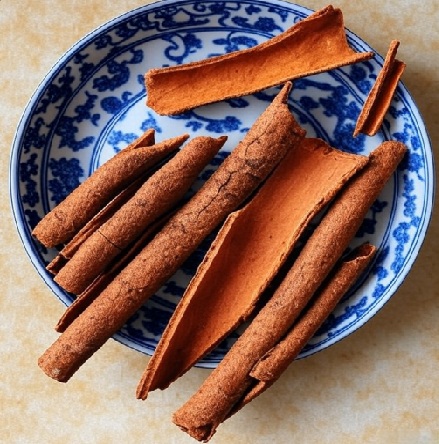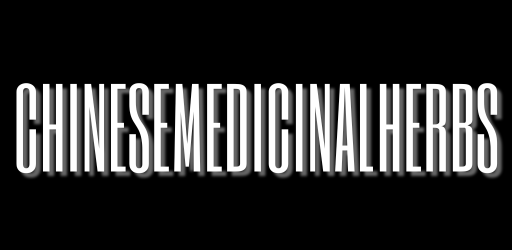Cinnamon Bark

Cinnamon Bark (Rou Gui): A Deeply Warming Herb for Yang Deficiency, Circulation, and Cold Extremities
Introduction
Cinnamon bark, known as Rou Gui (肉桂) in Traditional Chinese Medicine (TCM), is a potent warming herb used to strengthen Kidney and Heart yang, improve circulation, and dispel deep internal cold. Rich in aroma and fiery in nature, Rou Gui is often used in cases of cold limbs, back pain, fatigue, and weak digestion—especially in older adults or those with cold constitutions. Unlike cassia twig, which acts more at the surface, cinnamon bark works deeply in the body to fortify internal warmth and vitality.
What Is Cinnamon Bark?
Rou Gui refers to the thick bark of Cinnamomum cassia, harvested from mature cinnamon trees. In TCM, it is classified as acrid, sweet, and hot, entering the Heart, Kidney, Liver, and Spleen meridians. Traditionally, cinnamon bark is used to warm and tonify yang, guide fire back to its source, disperse cold, and activate blood. It’s considered one of the most effective herbs for deeply entrenched cold and deficiency patterns.
Health Benefits of Cinnamon Bark
Warms and Tonifies Kidney and Heart Yang
Rou Gui is used to treat cold extremities, lower back soreness, frequent urination, and yang collapse.
Leads Fire Back to Its Source
It helps with false heat signs like flushed face or dry mouth due to internal cold pushing fire upward.
Disperses Cold and Alleviates Pain
Cinnamon bark is effective for cold-related abdominal pain, dysmenorrhea, or arthritic joint pain.
Warms the Channels and Enhances Circulation
Promotes blood flow, helping to address cold stagnation that causes sharp pain or menstrual issues.
Assists in Qi and Blood Generation
Rou Gui is often used in formulas to support recovery from chronic illness, fatigue, or poor vitality.
How to Use Cinnamon Bark
In Warming Decoctions or Tonics
Boil 1.5–4.5 grams with tonics like ginseng, dried ginger, or rehmannia. Use toward the end of cooking to preserve potency.
In Formulas for Yang Deficiency or Cold Pain
Included in formulas such as You Gui Wan or Jin Gui Shen Qi Wan to treat Kidney yang deficiency or deep internal cold.
In Daily Warm Teas for Cold Constitution
Used in small amounts with red dates, longan, or goji berries for a warming, yang-supportive drink in winter.
Where to Buy Cinnamon Bark
You can find Rou Gui at the following places:
- Chinese herbal medicine shops
- Herbal apothecaries and wellness stores
- Online retailers such as Amazon, iHerb, or TCM-focused marketplaces
Look for:
- Thick, curled bark with reddish-brown color and strong cinnamon scent
- Organic or wild-harvested sources for high potency
- Whole or chopped form depending on cooking method
Are There Any Side Effects?
Cinnamon bark is strong and hot; overuse can cause dryness, mouth irritation, or aggravate internal heat. It should be avoided in cases of yin deficiency with heat, bleeding disorders, or during high fever. Pregnant individuals should use it only under professional guidance due to its strong circulatory effects.
Conclusion
Cinnamon bark, or Rou Gui, is a deeply warming herb in TCM that strengthens yang, dispels cold, enhances circulation, and restores vitality from within. Whether used in tonics, winter teas, or restorative formulas, this powerful herb is ideal for reviving the body’s internal fire and balancing cold-related conditions.
FAQs
Can I take cinnamon bark every day?
Yes, in small amounts and when appropriate for yang deficiency or cold constitutions. It should be balanced with cooling or moistening herbs if needed.
What does cinnamon bark taste like?
It has a sweet, spicy, and intensely warming flavor with a strong aromatic profile.
Is cinnamon bark safe for children?
Not typically used for children unless prescribed in small amounts within a formula by a qualified herbalist.

